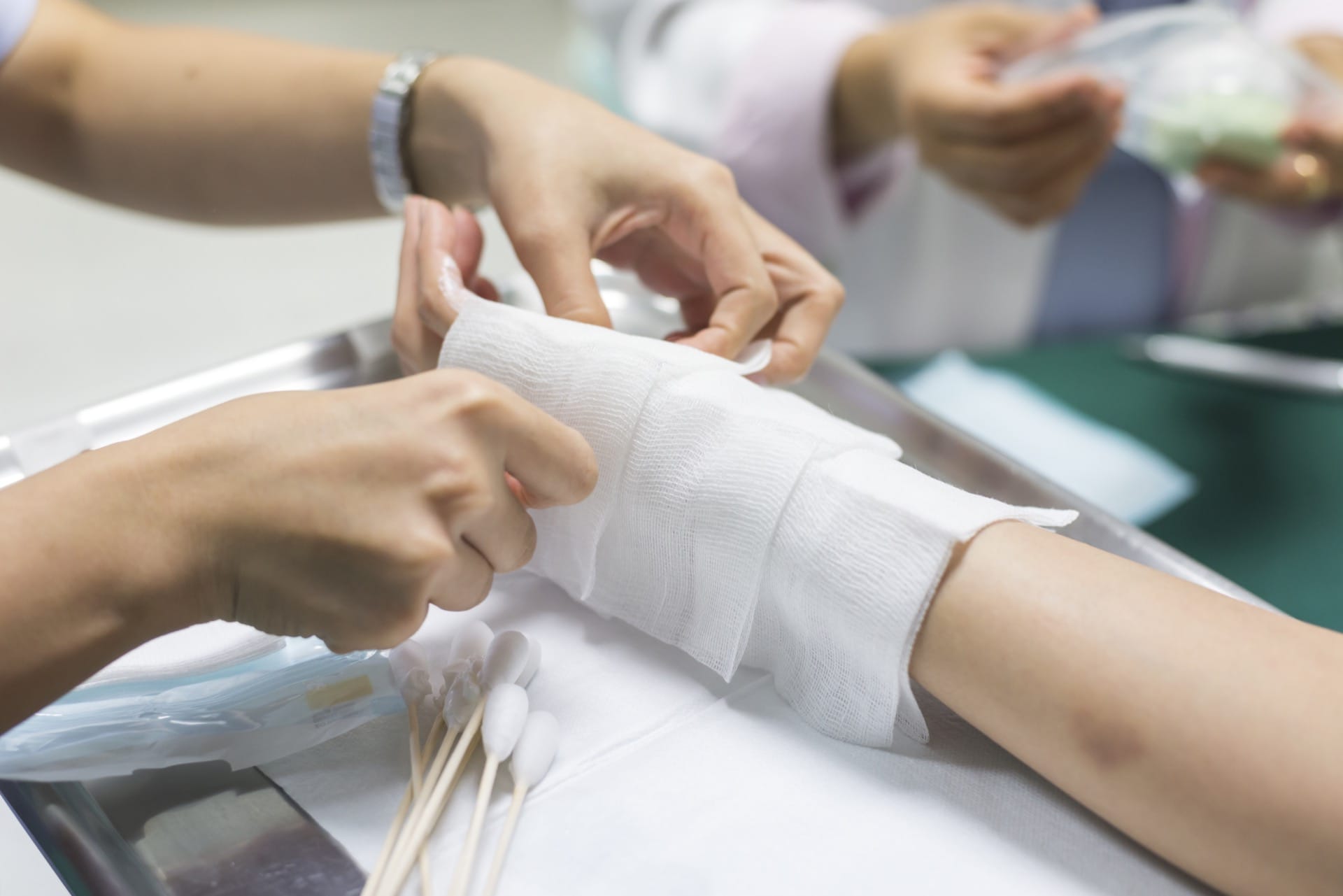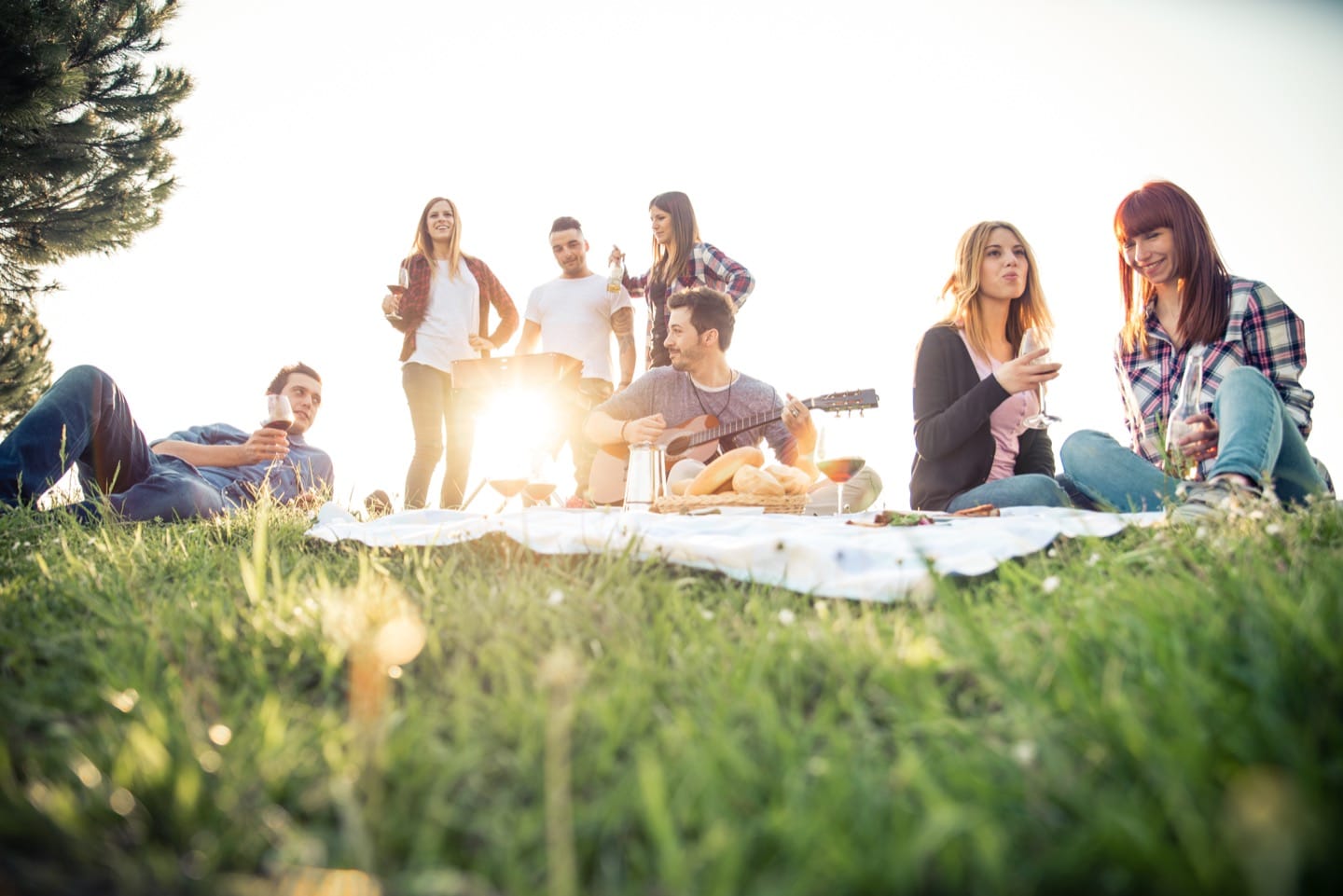As the temperature drops and we look for ways to keep warm during winter, the risk of accidental burns can increase. Follow these tips to keep you and your family safe at home this winter.
- Heaters. Whether gas or electric, always check your heater before you start using it each winter, to ensure that it’s working properly. Gas heaters should be serviced by a licensed gas fitter and any repairs to electric heaters should be made by an electrician or qualified service technician. Always place your heater on a stable surface where it can’t be knocked over by people or pets, and away from water and curtains or furniture that could become hot or catch fire. Never place clothing or towels on your heater to dry. If you have young children consider a special guard to place around the heater to prevent little ones from getting too close or touching it.
- Fireplaces. If you have a fireplace at home, make sure the chimney is clean, place a screen in front of the fireplace when it’s being used and never burn rubbish or treated or painted wood.
- Hot water bottles. These are an economical and environmentally friendly way to stay warm but can be a burns risk. Keep safe by filling your favourite ‘hottie’ with warm rather than boiling water, checking for leaks each time you use it and using a cover or wrap in a towel to avoid direct contact with your skin. Replace them as soon as they start to look worn or cracked.
- Heat packs. An alternative to hot water bottles, these are fabric bags filled with wheat or other grain and are heated in a microwave. The risk of burns or fire with use of heat packs can be reduced by always following the manufacturer’s instructions regarding heating, avoiding overheating, avoiding reheating before the pack is properly cooled and not placing them inside bedding or under blankets where the heat can build up and cause a fire. They should also be replaced regularly as the filling can dry out with time and is more likely to catch fire.
- Electric blankets. While it’s nice to get into a warm bed on a cold winter’s night, electric blankets can cause electric shocks, burns and fires if faulty. Always test your electric blanket before you start using it each year by laying it out flat, turning it on and checking for hot spots as it heats up. To store it, roll it up rather than folding, which can damage the element wires. According to the ACCC, more than 400000 electric blankets have been found to be unsafe since 2010, so check that yours hasn’t been placed on the recall list by visiting the ACCC Recalls website.
- Outdoor gas heaters. While they are great for keeping warm when you’re entertaining outside during the winter months, they can cause fires if they are not properly maintained, are incorrectly stored or are placed too close to overhead coverings or other flammable materials. Keep safe by doing regular safety checks and having them serviced every two years. Never use an outdoor gas heater inside your house.
- Never leave burning candles unattended and store matches and lighters in a safe place, out of reach of children.
- Smoke detectors. Have these installed throughout your house, check them monthly and replace the batteries annually. Doing this at the start or finish of daylight savings can be a good reminder.
With all heating devices always turn them off while sleeping and before leaving the house. With electric devices, avoid extension cords where possible and don’t overload power points or powerboards.
It’s also a good idea to have a written escape plan in the event of a fire at home, and make sure you and your family know the safe ways to exit every room in the house.
First aid for burns
- Call triple zero (000) for an ambulance if the burn is severe or involves the airways
- As soon as possible, hold the burnt area under cold, running water for at least 20 minutes
- Remove any clothing or jewellery around the burnt area, unless they are not stuck to the skin
- Cover the burnt area with a clean, wet cloth or non-stick dressing. Plastic cling wrap can be used if a dressing isn’t available.
- Keep the person warm with extra clothes or a blanket on the parts of the body that are not burnt, to prevent them getting cold.
- If possible, elevate the burnt limb to minimise swelling
- See a doctor if the burn is bigger than a large coin
An ambulance should be called if:
- The burn was caused be electricity
- The burn covers an area larger than the person’s hand
- The burn involves the hands, face or genitalia or singeing to eyebrows or eyelashes
- The person has difficulties breathing or a hoarse voice
- The pain is not controlled
- The person is a child, elderly or pregnant, or if they have other injuries or a chronic illness.
For more information:
Find out more, including first aid tips for treating burns, at visit the Health Direct website
References:


